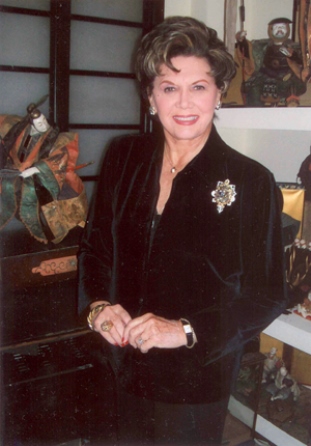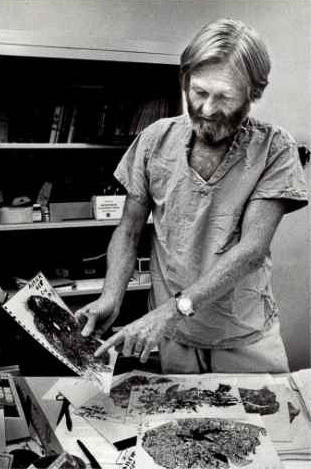|
Two days in a row, the New York Times paid long and literate attention to two worthy people I happened to know – one a coal-region doctor, one a figure skater.
* * * I met Dr. Donald L. Rasmussen once – at a Black Lung meeting in Beckley, W. Va. Miners, wrecked in their 40s, were milling around, coughing and brandishing tattered papers of denial for medical benefits. In the swarm was a tall and red-headed doctor, as out of place as a Viking in a Bosch painting. Doc Rasmussen was one of those outsiders come to foment trouble among the innocent folk of Appalachia (as the coal lobby would say.) He carried a small rectangular box that could have held cigars or chocolates. Inside was a gray object, grainy and desiccated – a slide from a miner’s lung, available only upon autopsy. That’s when I learned about Pneumoconiosis – Black Lung Disease. Most miners had it, the doctor said. This was after decades of coal-region doctors attesting that coal dust was good for you – cured the common cold. Doc Rasmussen taught generations of miners and any federal welfare officials that would listen what miners’ lungs looked like after a few years underground. The coal companies never did run him out of Beckley. He died at 87 on July 23. Don’t know if Sam Roberts ever heard of him before, but he did right by Doc Rasmussen. * * * I met Aja Zanova when I was doing Martina Navratilova's book. Aja was tall for a figure skater, head up, shoulders out, one of the straightest shooters I ever met. Her career as a world-level Czech figure skater was cut short by the Soviet domination, and she defected to the United States, part of the Czech diaspora. I was lucky to meet her husband, Paul Steindler, the New York restaurateur, who was dying. Aja served as a surrogate big sister to Martina. I would run into Aja at tennis and skating events all over the world. She had news and opinions and was good company. She outwaited “our good friends” from the East (as Martina’s stepfather Mirek called the Soviets) and eventually she went back to Prague, greeted by 50,000 people in Wenceslas Square. The new Czech government gave her a medal and restored some long-confiscated family real estate. Aja wryly told me how some old acquaintances looked her up, said they had always been on her side. She died on July 30 at 84. I don’t know if Margalit Fox knew her, but the obit in the Times caught her strength. * * * I was toying with commemorating Jerry Garcia and Mickey Mantle, who both died in August of 1995, but here is my column linking them. Better I should honor Doc Rasmussen and Aja Zanova.
Brian Savin
8/16/2015 01:26:54 am
i missed this when traveling, very nice. The old column you reference, about the Mik and the non-Quick, is a poignant classic. The last line scares the bejesus out of me, though. Comments are closed.
|
Categories
All
|











